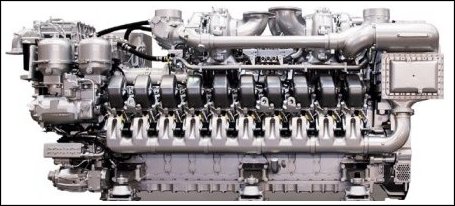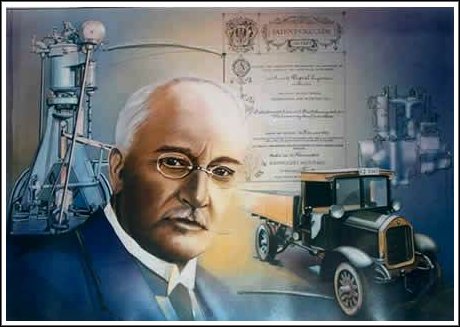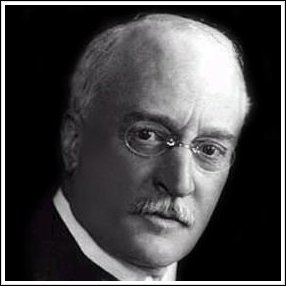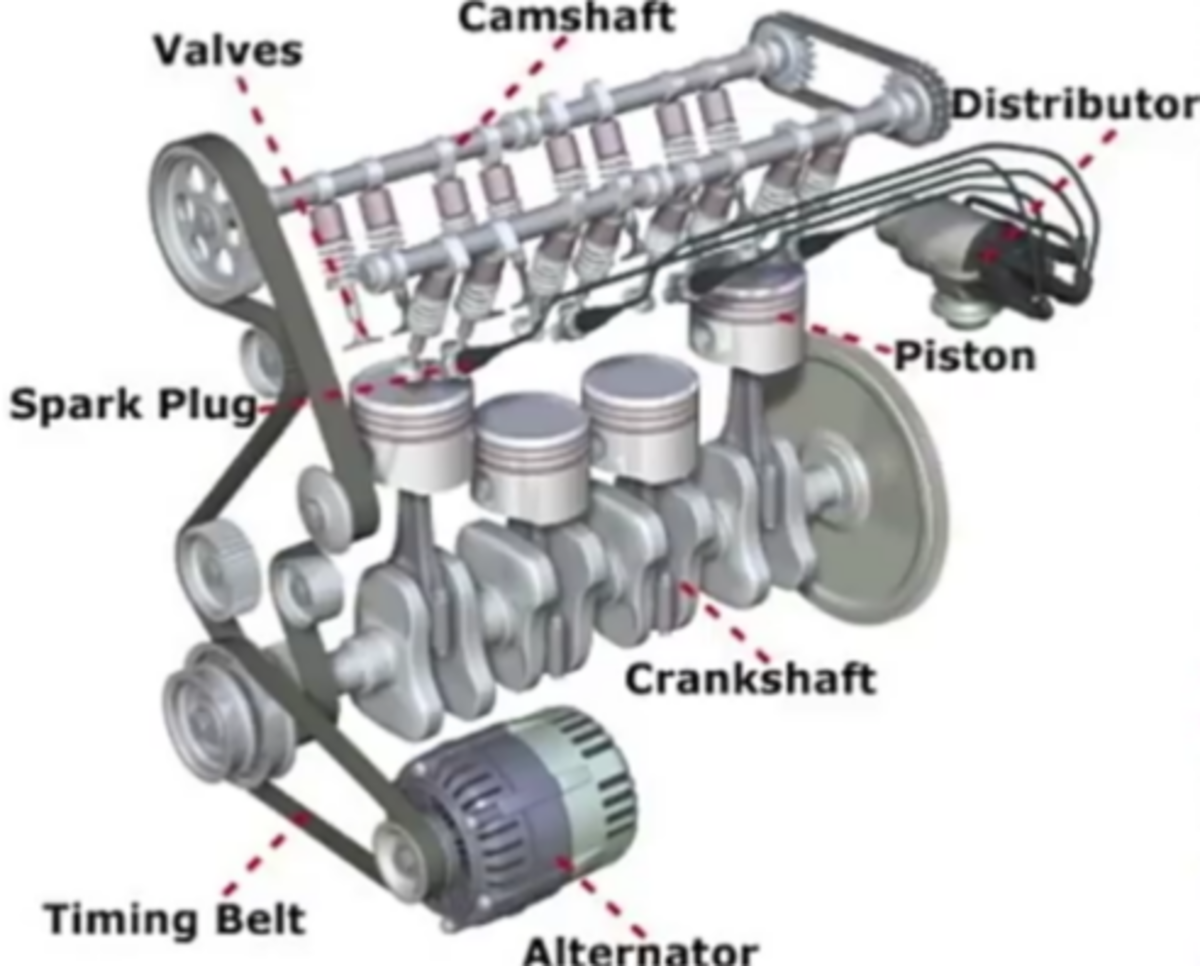Invention of the Diesel Engine



Rudolf Diesel is perhaps best known for his invention of the pressure-ignited heat engine bearing his name. He was born in Paris in 1858 to Bavarian immigrants. He was also a well-respected thermal engineer and a social theorist.
Incredibly, it’s a miracle the engine ever made it into production. He was almost killed by his engine when one exploded. However, Diesel proved fuel could be ignited without a spark. He operated his first successful engine in 1897.
Diesel was educated at Munich Polytechnic and after graduation he became a refrigerator engineer. However, his real aspirations lay in designing engines. Diesel designed many heat engines, including a solar-powered air engine.
In 1893, he published a paper detailing aspects of an engine…the internal combustion engine. The following year he filed for a patent for his new invention he called the diesel engine.


The diesel engines of today are vastly improved versions of Rudolf Diesel's original. They are used in submarines, ships, locomotives, large trucks, electric generating plants and a wide assortment of other uses. Diesel built his engine to enable independents to compete with large industry.
At Augsburg, on August 10, 1893, Rudolf Diesel's single 10-foot iron cylinder with a flywheel ran on its own power for the first time. He spent two more years making improvements. In 1896 he had improved upon his designs and had developed another model with a theoretical efficiency of 75 percent. The steam engines of the day only mustered ten percent efficiency.
By 1898, Diesel was a millionaire and his engines were being used to power pipelines, electric and water plants, automobiles and trucks and marine craft. There was virtually no business one couldn’t be used in. Mines, oil fields, factories, and transoceanic shipping were all benefiting.

At the1898 Exhibition Fair in Paris the engine was on display and being fueled by peanut oil, a biodiesel. Diesel believed the future of his engine lay with biomass fuels and would become a viable alternative for the inefficient fuel consumption of the steam engine. As a result of Diesel's vision, compression ignited engines were powered by a biomass fuel, vegetable oil, until the 1920s. Today, this trend seems to be making a comeback.
The early diesel engines were huge, bulky affairs and were limited to stationary use and were produced primarily for industrial and shipping in the early 1900's. Ships and submarines found the efficiency of the diesel an attractive selling point.
In 1913, Rudolph Diesel mysteriously vanished. Some believe he may have committed suicide or even an accident. Others however, feel there may have been a political motivation. It was no secret Diesel didn’t agree with Germany’s politics. He did not want his invention used for German militaristic purposes. Diesel’s political views leaned towards France and England. In fact he was on his way to England to make arrangements for them to use his engine when he disappeared.
With Diesel out of the way the German submarine fleet could be vastly improved. Although French submarines were already using diesels, German submarines still inflicted heavy damage on Allied shipping during World War I.
The 1920s saw a new injection pump design which would allow diesel engines to be made small enough to be used in mobile vehicles.
The first “Lorries” came on the scene in1923-1924 and shown at the Berlin Motor Fair. In 1936, Mercedes Benz built the first diesel automobile, the Type 260D.
In the interim, America was developing a diesel industry. Diesel had always thought America would be a prime market for diesel engines. Busch-Slugger Brothers Diesel Engine Company built the first American diesel in 1898. But, it wasn’t until after World War I that any serious development was done with it.
Clessie L Cummins, a mechanic-inventor, began working on inherent problems with the diesel about 1919, mainly size, weight, and instability created by the fuel system. Cummins developed a single disk system that measured how much fuel was injected.
During the 1920s diesel engine manufacturers encountered major problems with the petroleum industries which were becoming firmly established. Their “crony” business tactics and wealth greatly influenced the development of all engines, machinery and biofuel production. They were successfully able to stonewall the production structure for biomass fuels forcing the concept of biomass as a potential fuel base into obscurity.
Meanwhile, Cummins continued experimenting with diesel vehicles. He set a speed record in a Duisenberg at Daytona, driving a truck with a Cummins diesel engine coast to coast on $11.22, and establishing an endurance record of 13,535 miles at Indianapolis Speedway in 1931. Cummins' diesel engines had become established and trucks as well as other fleets began using them.
In 1973, America was suddenly faced with a fuel crisis. OPEC, the Middle Eastern organization controlling the majority of the world's oil, reduced oil supplies and raised the price. They repeated the incident again in 1978.
Americans saw diesel fuel more efficient and economical and began buying diesel-powered automobiles. For the first time, American manufacturers began producing diesel powered autos. This surge ended in the 1980s when oil prices re-stabilized. However, many of these automobiles were basically converted gasoline engines. Higher compression of diesel combustion caused blocks to crack and put added stress on crankshafts.
As the 21st Century arrived, only a few manufacturers were building diesel automobiles for export to the United States. A few light diesel trucks were made by American manufacturers, but no automobiles. Diesel efficiency and durability kept them the engine of choice for trucks, heavy machinery, and marine engines.







